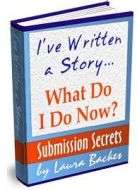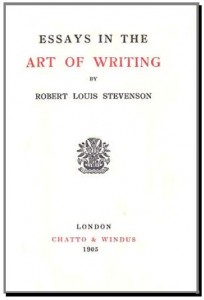Alice Kuipers, the award-winning young adult author, sat down with Laura Backes to chat about her transition to picture book writer, and how writing picture books helps authors learn the craft for every age.
\
Check out all of Alice Kuipers’ books at alicekuipers.com.


 If we had a nickel for every time we've been asked "I've written a story, what do I do now?" we'd have, well, a heck of a lot of nickels.
If we had a nickel for every time we've been asked "I've written a story, what do I do now?" we'd have, well, a heck of a lot of nickels.
